Inside the private London hospital that treats the royal family
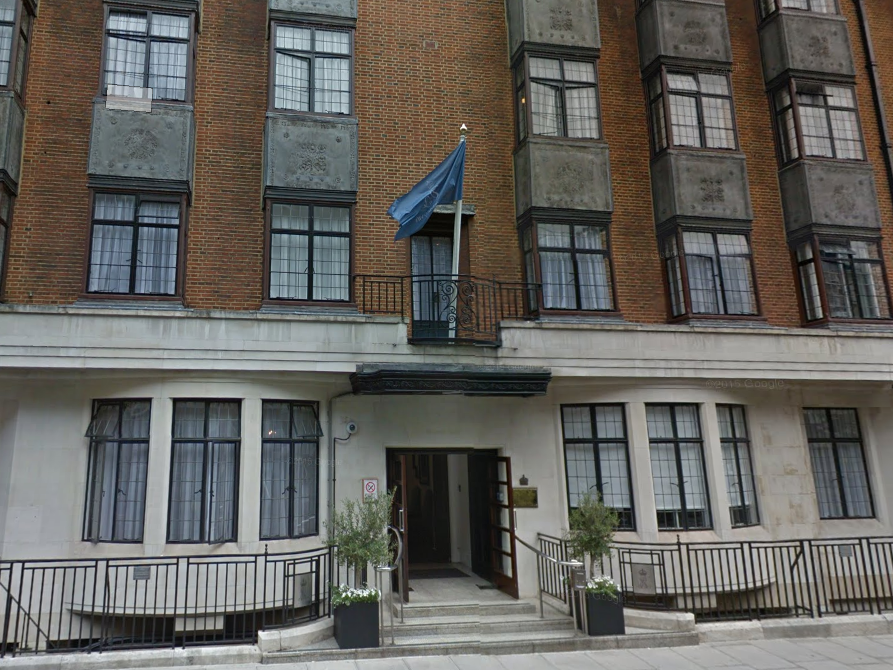
Your support helps us to tell the story
From reproductive rights to climate change to Big Tech, The Independent is on the ground when the story is developing. Whether it's investigating the financials of Elon Musk's pro-Trump PAC or producing our latest documentary, 'The A Word', which shines a light on the American women fighting for reproductive rights, we know how important it is to parse out the facts from the messaging.
At such a critical moment in US history, we need reporters on the ground. Your donation allows us to keep sending journalists to speak to both sides of the story.
The Independent is trusted by Americans across the entire political spectrum. And unlike many other quality news outlets, we choose not to lock Americans out of our reporting and analysis with paywalls. We believe quality journalism should be available to everyone, paid for by those who can afford it.
Your support makes all the difference.Nestled in an inconspicuous street in Marylebone, London, there is a hospital. From the outside, the building exudes subtle grandeur — but not enough to turn heads.
This is no ordinary hospital, though. It is King Edward VII's Hospital, which describes itself as "London's foremost private hospital."
For many years, King Edward VII's has played nurse to a very special group of patients: The royal family.
96-year-old Prince Philip was recently discharged from the hospital after a successful hip operation.
It is also where the Queen had knee surgery and where Kate Middleton was treated for morning sickness. Princess Margaret died in this building.
Clearly, the hospital occupies a special place in the hearts of Britain's monarchy, but why?
Comprising of just 56 beds and boasting more than four nurses to every patient, King Edward VII's promises "dedicated, individual attention."
There's always a strong media presence camped outside the hospital whenever a royal is admitted.
The hospital was established in 1899 to treat injured soldiers fighting in the Second Boer War. Over a century later, it is still open to British Army personnel who receive a 20% discount on treatments or can apply for grants to cover the entire cost.
The reception is fittingly smart. Stained glass windows and an open fireplace provide the backdrop, while a receptionist outfitted in a waistcoat and tie admits patients and visitors.
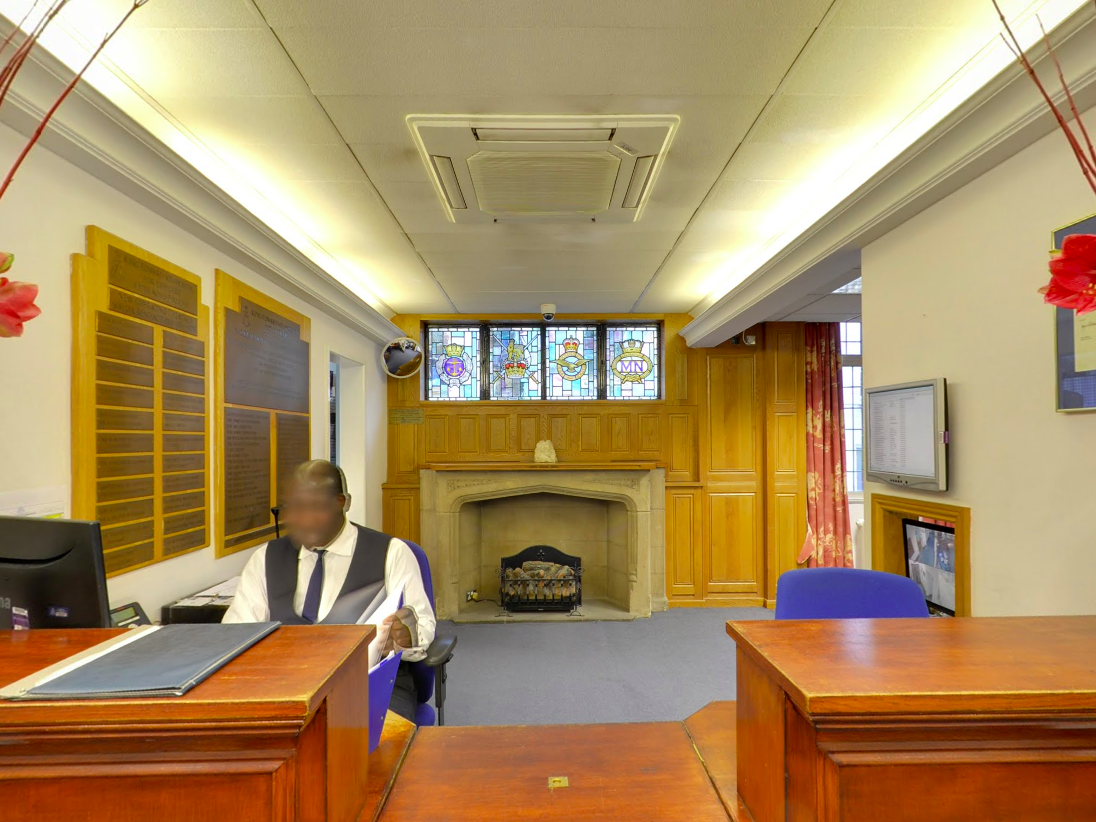
Just down the corridor from reception is the well-stocked library, which would look more fitting in a private members' club than a hospital.
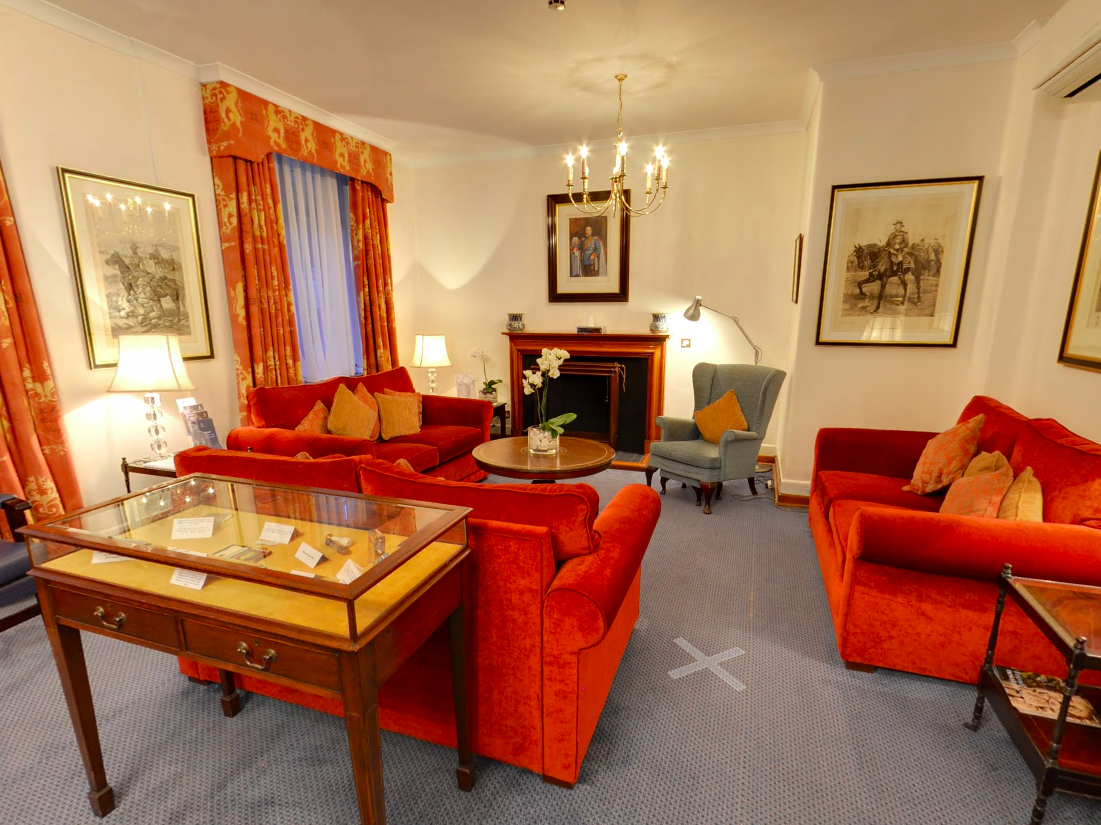
In 1963, the library was the location of Prime Minister Harold MacMillan's resignation to Queen Elizabeth II.
Let's first descend into the hospital's basement, to the physiotherapy and hydrotherapy areas. The physiotherapy centre offers pilates, acupuncture, sports massages, and much more.
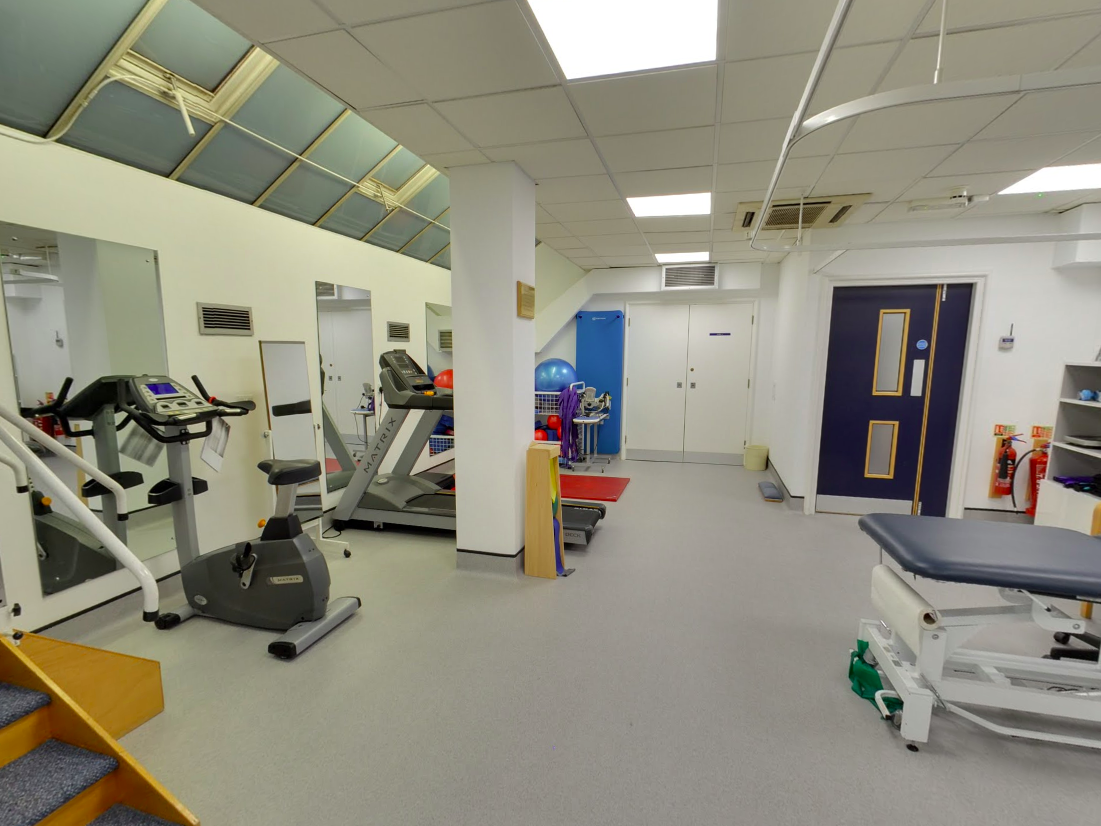
Not many hospitals have swimming pools. King Edward VII's purpose-built hydrotherapy pool is one of the few in London — it's heated to a snug 34 degrees celsius.
Back upstairs, here is a typical ward room at King Edward VII's. The hospital boasts a nurse to patient ratio of 1:4.5, so patients receive "dedicated, individual attention."
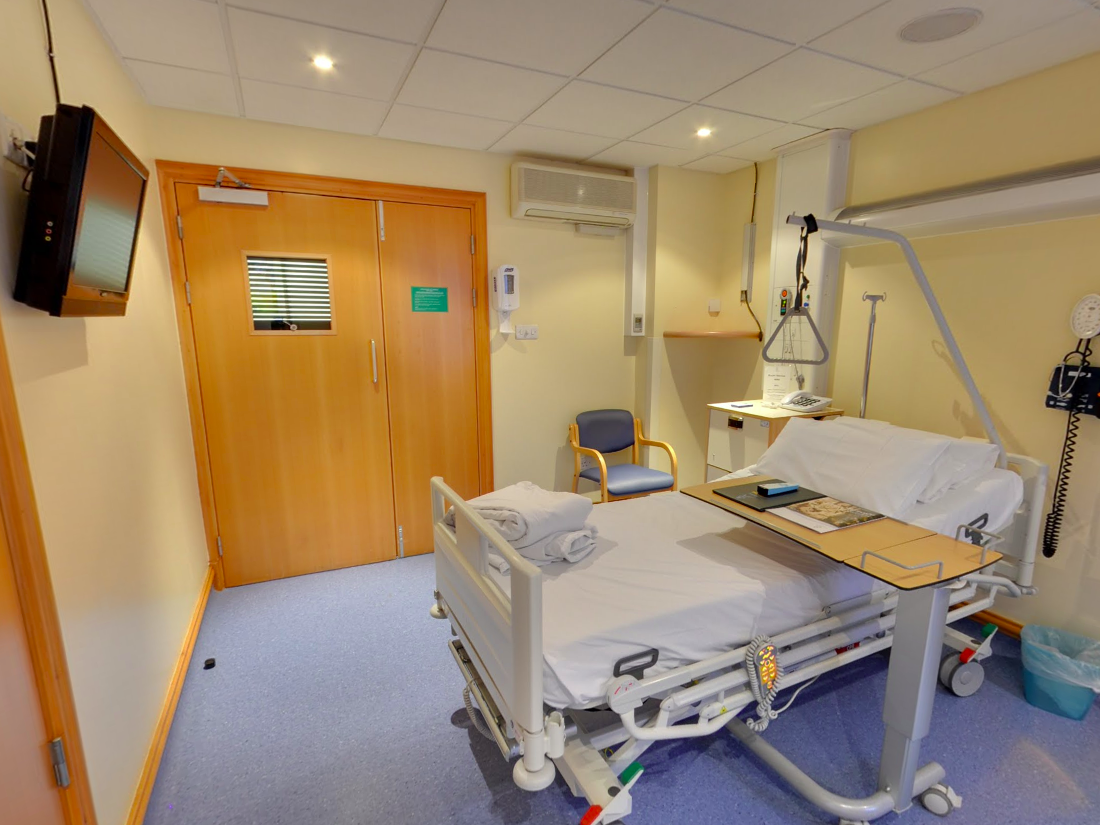
Each air-conditioned room has a walk-in shower, wall-mounted TV, and room service.
Read more:
• An etiquette expert shares how to make the Queen’s favourite cocktail – and how to pronounce it
• Seven outdated men’s style ‘rules’ that you can now ignore
• 16 skills that are hard to learn but will pay off forever
Read the original article on Business Insider UK. © 2018. Follow Business Insider UK on Twitter.
Join our commenting forum
Join thought-provoking conversations, follow other Independent readers and see their replies
Comments